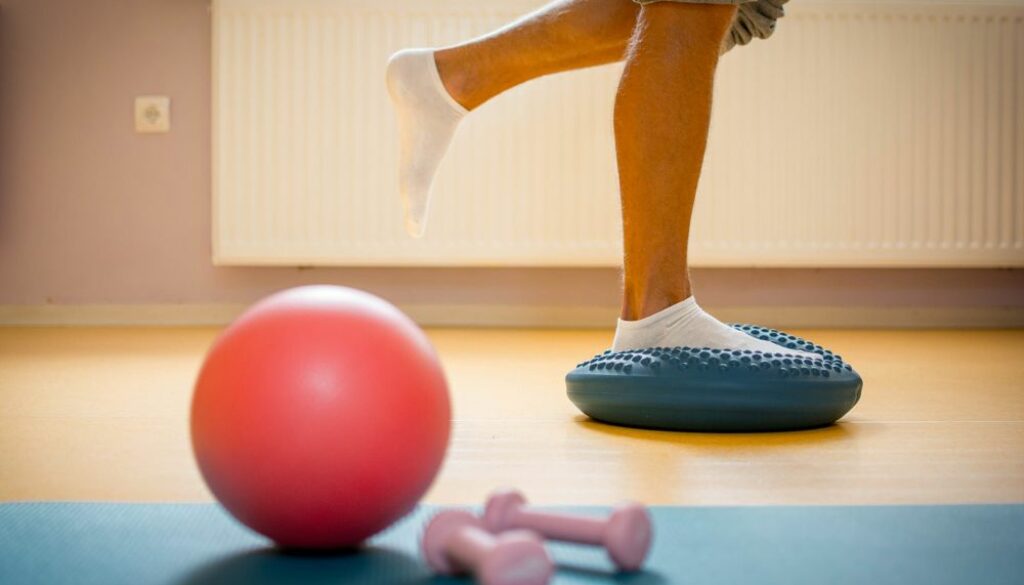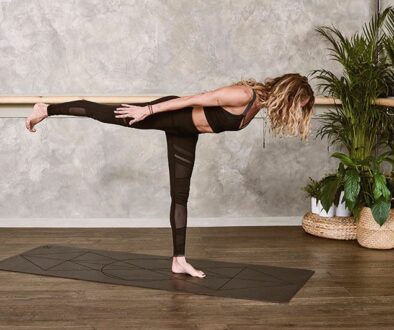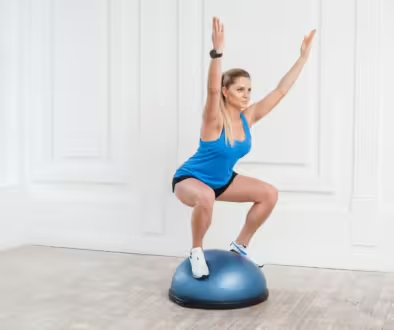What is proprioception?
Rest assured, this is not a barbaric technique. The proprioception corresponds to a set of sensory sensors located in the body, in the muscles, tendons and joints. These sensors inform the brain of every movement we make. Yes, it's totally crazy and fascinating. It would seem that proprioception is defined as our 6th sense.
Proprioception: definition
Proprioception, what is it for?
Unlike our other 5 senses, which are interested in the world around us, the proprioception recovers information from inside our bodies. That's where the difference lies. This concept allows us to evolve in balance and to make crazy movements without ever falling.
It is used to distinguish between us and the rest. Proprioception allows us to visualise the position of our body parts with our eyes closed. For example, imagine yourself sitting in an office. You can't see your legs through the table, but you know how they're positioned: crossed, straight or stretched out, for example. Discover our complete guide to proprioception.
Proprioception & body schema
The body schema defines the fact that, as individuals, we are different from the world around us. The body schema is fed by information from the proprioception. This evolves and is refined by the experiences of the individual throughout his or her life.
From infancy to adulthood, our bodies undergo a wide range of sensory experiences. At the infant stage, these are very limited. There are, for example, mouth and hand movements. However, this is not enough to nourish the body's schema.
As a result, the major acquisitions in a child's development are involved in the evolution of the body schema. Thanks to the many physical changes it brings about, the transition to adolescence is a revolution for the body image. In adulthood, the body schema remains stable. Individuals find themselves in a body whose contours they know and the body image they have of it.
The practice of a new sport or a life accident are updates that modify the body schema.
What are the causes of poor proprioception?
In the case of injuries to the lower limb, there is often a risk of proprioceptive can occur, leading to medium- and long-term problems. These consequences include a reduction inbalanceA loss of coordination and a regression of reflexes in the affected joint when rehabilitation via the use of a physiotherapist is required. proprioception has not been established.
Rehabilitation proprioceptive is essential. Professionals in the health are uniform in saying that this is the first step before the muscle strengthening of the injured person. In another sense, rehabilitation proprioceptive can help strengthen joints before major surgery.
How can I improve my proprioception?
If you want to work on proprioceptionThere are many solutions available. Between exercises without equipment and those with, hundreds of videos ofproprioceptive exercises are at your fingertips thanks to the Internet.
Rest assured, if you want to improve your proprioceptionYou don't need to be very well equipped.
Whether you want to train your ankles, knees or shoulders, the exercises proprioceptive change the usual parameters of physical exercises classic. For example, instead of exercising on a hard floor, the proprioception will have you working on a soft floor. For example, try working on a soft, unstable object (such as a mattress or cushion) while closing your eyes and, using a small object, make passes from one hand to the other. All while balancing on one foot.

Did you know that you can work on your proprioception with the ActiveBase? In fact, using an ActiveBase stool encourages you to work on this 6th sense. By visualising the body in space and working the muscles, it's perfectly possible to practise proprioception with the ActiveBase. our ergonomic stool.
To get off to a good start, set yourself little challenges on a daily basis that will allow you to exercise without even wasting time.
How can you work on your proprioception?
You may not have realised it, but a number of sports indirectly promote proprioception. We've put together a top 4 list of activities to do if you want to exercise your proprioception. These include the majority of board sports and water sports.balance :
- skateboarding
- surfing
- snowboarding
- skiing
- climbing
- kitesurfing
- etc




